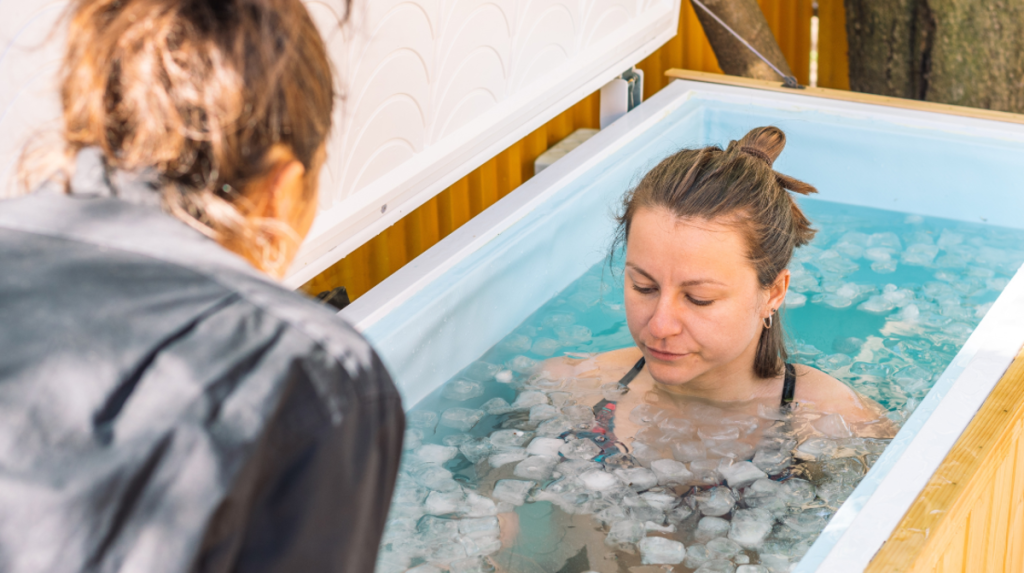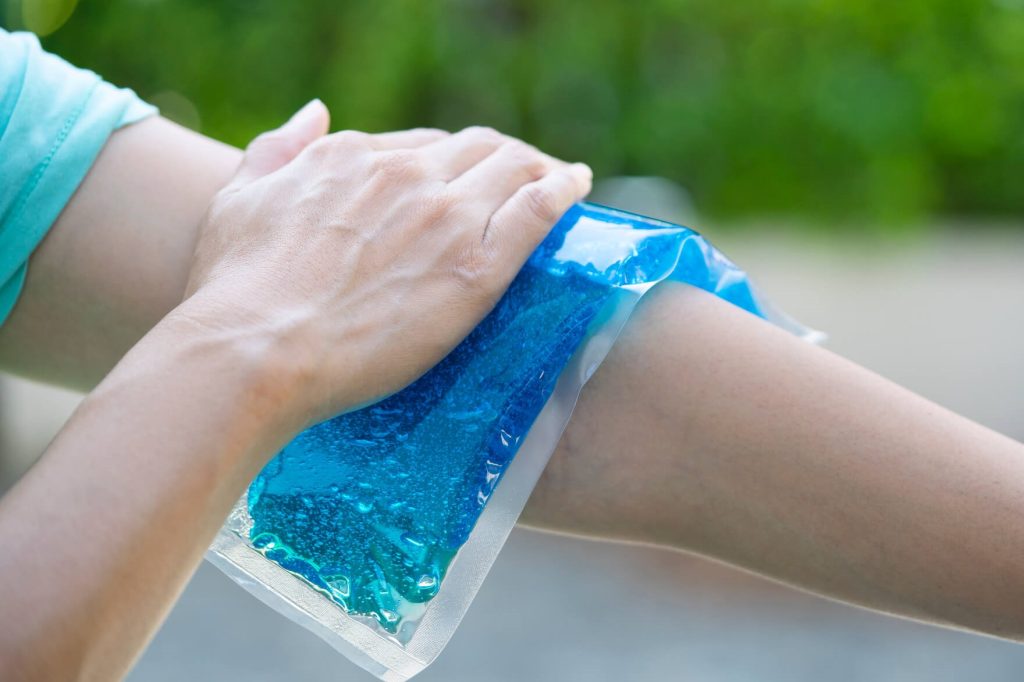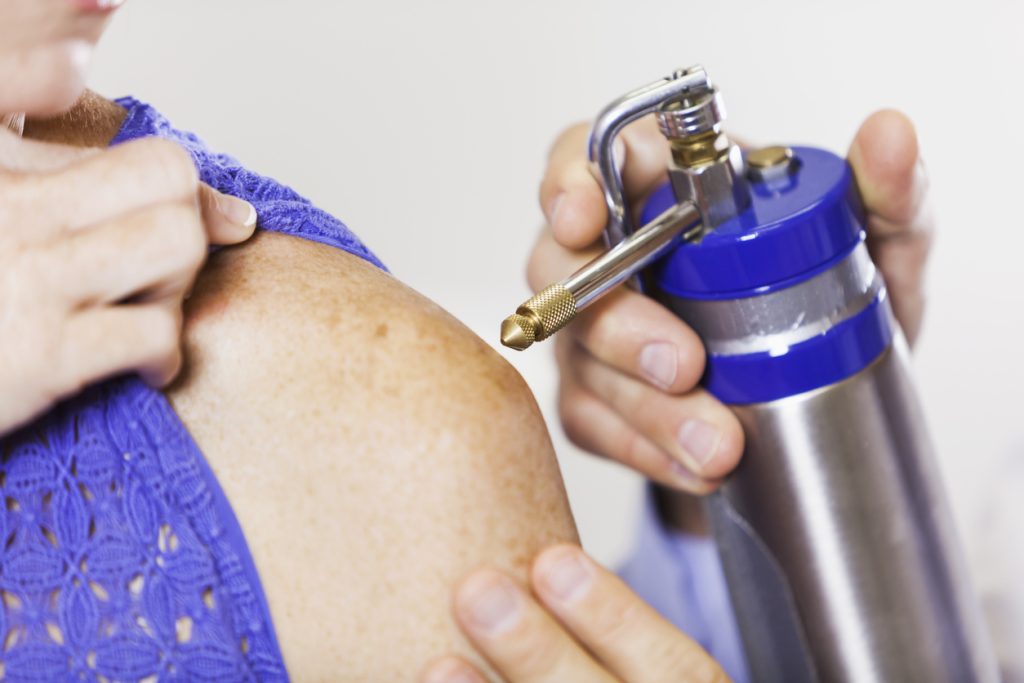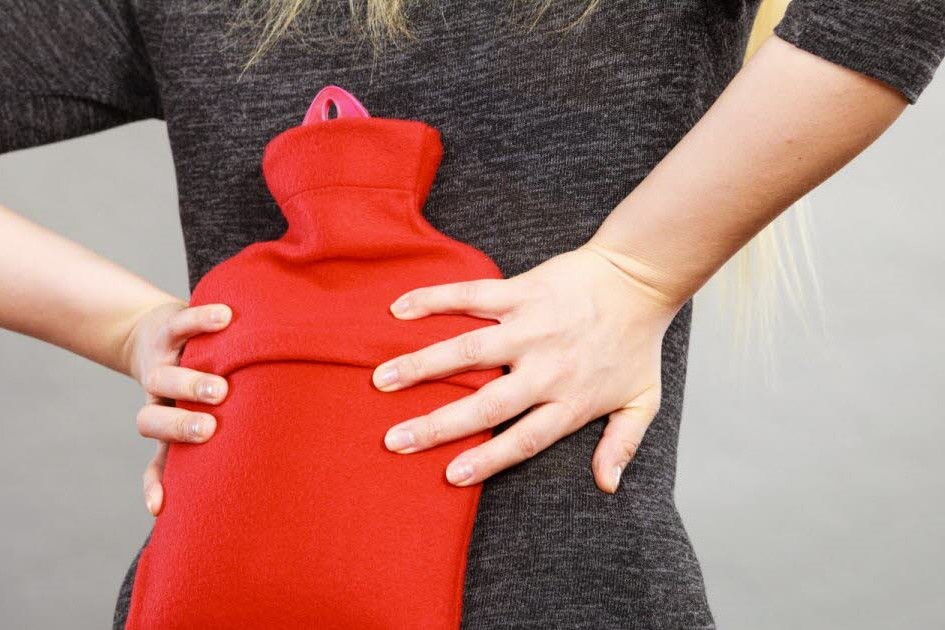

I was recently quoted on Gulf News in an article on cold therapy. Ever since, I wanted to expand a little bit more on the use of cold therapy in this article. I’ll also include how effective it could be, based on how you implement it.
There is one study I found on the National Center for Biotechnology Information (NCBI) website. It evaluated the effects of different cooling strategies on recovery after surgical intervention, specifically anterior cruciate ligament reconstruction.
The study compared three groups of patients. These groups are:
- Those who received no cooling (control group)
- Those cooled with a menthol-containing cooling bandage, and
- Those cooled with an ice-containing cold pack

The study found a significant reduction in the cross-section area of the vastus medialis muscle. This was observed 30 days after surgery in the control group and the group using the ice-containing cold pack. However, this reduction was not observed in the group using the menthol-containing cooling bandage.
After 90 days of therapy, a significant increase in muscle cross-section area. This was observed in the group using the menthol-containing cooling bandage. The absolute painkiller consumption was also lower for this group compared to the other two groups.
The study concluded that cooling with a menthol-containing bandage during the rehabilitation phase had a beneficial effect. It prevented the reduction of muscle cross-section within 30 days after surgery. It also highly contributed to rehabilitation success after 90 days of therapy. Painkiller consumption was also reduced with the use of the menthol-containing bandage.
You can read more about the study here. This study shows that a combination of menthol bandages along with cold packs and painkillers is the best combination. They all could be more useful and effective in rehabilitation and pain relief than using only one.
Cold therapy, also known as cryotherapy, has been regularly used as an immediate treatment. It’s for inducing analgesia following acute soft-tissue injuries. However, prolonged ice application has been found to delay the start of the healing and lengthen the recovery process.

Traditional cold therapy still has a beneficial effect. It’s especially useful when injuries are severe and swelling is the limiting factor for recovery after soft-tissue injuries. For instance, immediate treatment is always recommended to reduce pain and swelling after acute traumatic injuries such as tendon strains. This includes icing the injured area for about 20 minutes.
Cold therapy can also help reduce swelling and pain in a short time for minor sprains in ligaments. However, if the ligament tears completely, a simple cold therapy session may not be useful. Surgery may be needed instead.
On the other hand, a prolonged exposure to cold on the skin can lead to a reduction in blood flow. It can result in tissue death or even permanent nerve damage. Therefore, the cold application on acute muscle fibre injuries should not be for too long. The application needs to be controlled precisely to avoid harming the neuromuscular muscle function.
It’s important to note that cold therapy is not suitable for the following conditions:
- If there is a risk of cramping
- The area is already cold or numb
- If the skin is blistered
- There is an open wound
- The person has a vascular disease or related injury
- The person is hypersensitive to cold

Heat therapy, on the other hand, is often recommended for chronic muscle pain or sore joints caused by arthritis. This therapy promotes proper blood flow and helps tense muscles relax. It is also psychologically reassuring, which can enhance its analgesic properties.
In conclusion, the use of cold and heat therapy can be used for different purposes. It mostly depends on the type and stage of injury, as well as its severity.



